Fennies speaks to author of the fantastic children’s books ‘Daddy, Papa, and me’ and ‘Sparkle Boy’ about the importance of introducing diverse books in the early years.
Books that celebrate diversity by weaving in topics and characters from a wide range of backgrounds is one of the best ways to teach children the importance of inclusion. Not only do books allow children to identify themselves within stories, but they also give them the opportunity to empathise with and respect those who are different from themselves.
We spoke to Leslea Newman about inclusive education, what this means for children’s futures, and the best resources she recommends for parents.

What inspired you to start writing about topics that celebrate diversity and encourage inclusivity for children?
My inspiration comes from the community in which I live. I know many two-mumfamilies and in fact, one mum from such a family stopped me on the street one day and said, “I don’t have any books to read to my daughter that shows a family like ours. Someone should write one.” And by “someone” I knew she meant me. That’s how it all began. I wrote Heather Has Two Mommies in 1988 and never looked back!
Did you find that these topics are rare in children’s literature? Why do you think this is?
LGBTQ+ children’s books were non-existent when I wrote ‘Heather Has Two Mommies.’ In fact, a friend of mine, who at the time was a lesbian mum of a one-year-old and I, published the book ourselves. Publishers were afraid to touch a book like that. They didn’t want to be associated with it. Plus, they didn’t think it would sell.
What is an example of LGBTQ+ inclusive education and why is it important?
LGBTQ+ education is teaching students of all ages about LGBTQ+ people and history, reading LGBTQ+ literature, and being inclusive throughout the school day in every subject. For example, If you put forth a math problem such as “Brittany’s mum gave her one apple and Brittany’s dad gave her two apples. How many apples does Brittany have?” You might want to follow that up with, “Jason’s daddy gave him three raisins and Jason’s papa gave him two raisins. How many raisins does Jason have?” Or, “One of Pat’s parents gave Pat two oranges and Pat’s other parent gave Pat four oranges. How many oranges does Pat have?” In this last example, no pronouns are used at all, and Pat is a gender-free name. So that is an example of being inclusive.
Books and stories are a great way to introduce young children to the world around them. It is important for us to introduce books and stories that are reflective of our children and families, with the added bonus of introducing new concepts and things which may be less familiar to them. Rageena Tahir, Head of Education Tweet

What should be included to support LGBTQ+ education during the early years and preschool stage (18mnths- 5 years old)?
Books that show all types of families! And teachers and caregivers need to give every child the opportunity to talk about their family with pride.
How does introducing this through books such as ‘Daddy, Papa, and Me’ and ‘Mommy, Mama, and Me,’ help evolve to a more inclusive education prior to school?
Seeing oneself in a book, or in a movie, or on a TV show, is very validating to a child, and I might add, to an adult as well. This communicates to the child that they belong to. They have a place in the world. I remember very clearly the first time I saw a family like mine in a children’s book, I was 27 years old and browsing in a bookstore. I came across the book, The Carp in the Bathtub which is about a Jewish family similar to mine, and as I stood there reading the book, tears rolled down my cheeks. It felt so good to be recognised. As Dr. Rudine Sims Bishop has so famously said, books are mirrors, windows, and sliding doors. When a child sees a character in a book like them, that is a mirror; the child recognises themselves and that is very reassuring. When a child sees a character in a book who is different than they are, that is a window that teaches them about different people, different families, different cultures, and that is very interesting because children are naturally curious. And every book is a sliding door that any child can open and then step into a whole new world, which is very exciting.
How can teachers and early years practitioners support children’s education about LGBTQ+ people, families, and relationships?
Grown-ups need to educate themselves and then take that knowledge into their classrooms, always being mindful of being inclusive. Also, never assume that all the children in your classroom come from any particular type of family. Make each child feel that their family matters.
How do you think inclusive education will benefit children and families in the future?
What educators do, is create a world that is safe for all children. Teaching in an inclusive way instills respect, acceptance, and celebration for all types of people, families, and cultures. Learning about all types of families also teaches children empathy. Even though we may be different, deep down we are all the same: we are all human beings who at different times feel sad, lonely, angry, joyful, afraid, powerless, strong. If children are taught this, they will grow up to be emphatic global citizens.
Discover the benefits of storytelling for under 5's
What are some of the ways parents and carers can make sure they encourage inclusive thinking at home?
Watch your language. Instead of “postman” say “post carrier.” Instead of “fireman” say “firefighter.” Watch your colours. Pink is not only for girls, blue is not only for boys. And not all children fall into such a binary framework anyway. Watch your bookshelf. Make sure the content and the creators of the books you read to your children are diverse. Help the children you are caring for appreciate and celebrate the beautifully diverse world in which we all live.
What tips or resources would you share with a parent, carer, or teacher looking to introduce conversations around LGBTQ+ people and families?
There are all sorts of wonderful resources out there, including GLSEN, the Matthew Shepard Foundation and Matthew’s Place, It Gets Better, and The Trevor Project. Parents, caregivers and educators can also find a wonderful bibliography put out every year by the American Library Association. Called “Rainbow Books.” Now in its 14th year, it showcases LGBTQ+ books appropriate for children aged 0 – 18.

What are some of the new projects you’re working on?
I’m very excited to continue the work I began with A Fire Engine for Ruthie, The Boy Who Cried Fabulous, and Sparkle Boy, all of which challenge our society’s traditional view about gender. I have several books coming out that challenge the gender binary worldview, including The Fairest in the Land which is about a boy and a girl who both want to be a princess, and I Can Be….Me! celebrates all types of gender expression. And in my book, As Baby Dreams, which is a simple lullaby, I made sure the illustrations showed a diverse group of families. The work continues, and I am very fortunate to have editors, publishers, educators, parents, and readers who support the type of books I write. Thank you one and all!
FAQ
Subscribe to our newsletter
Stay up to date with Fennies news

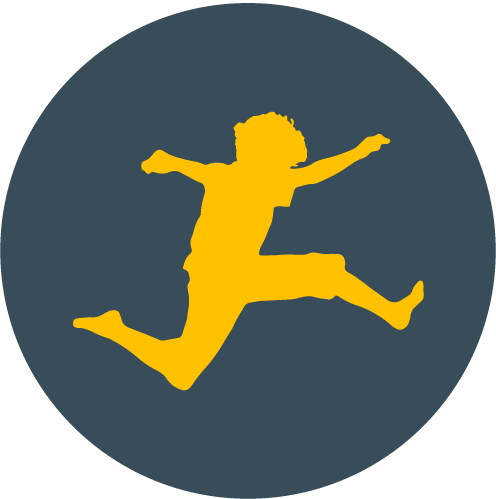
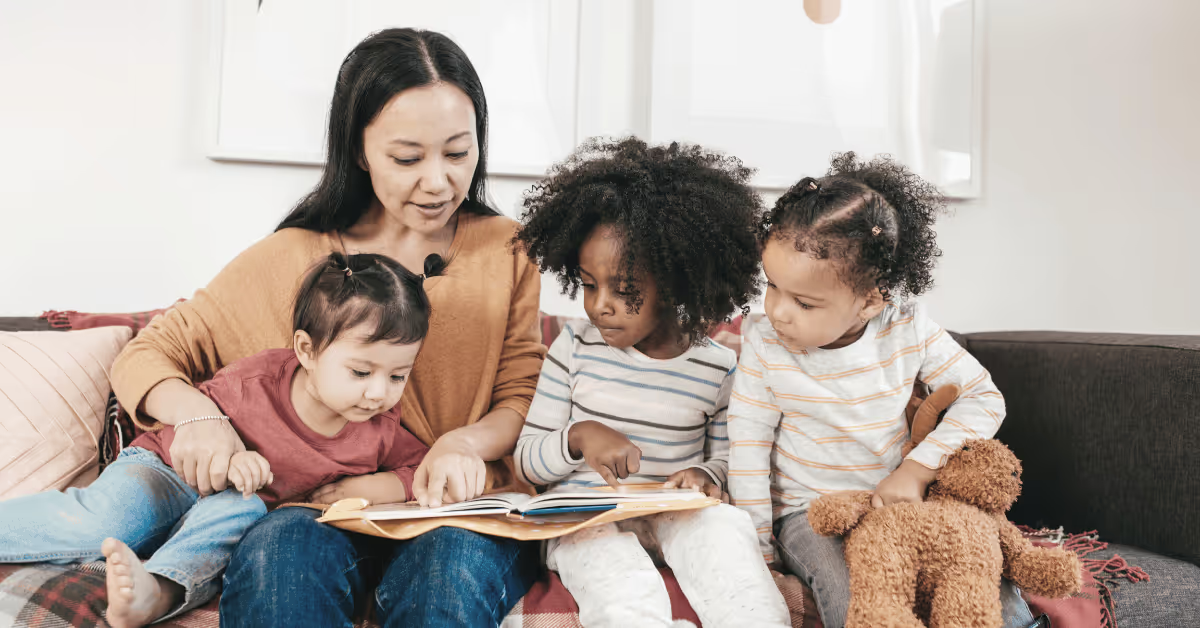
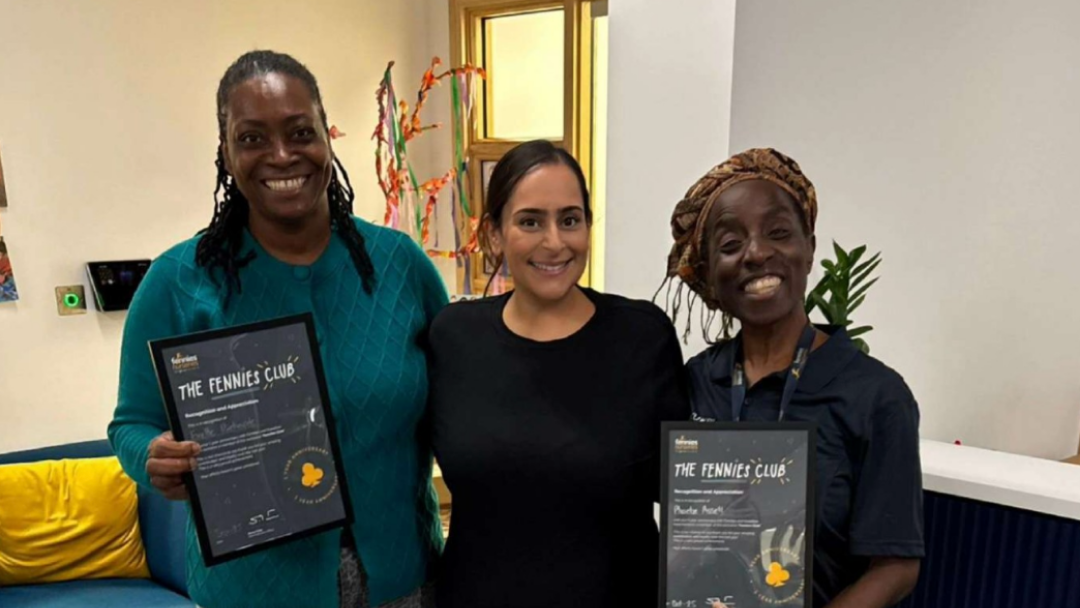
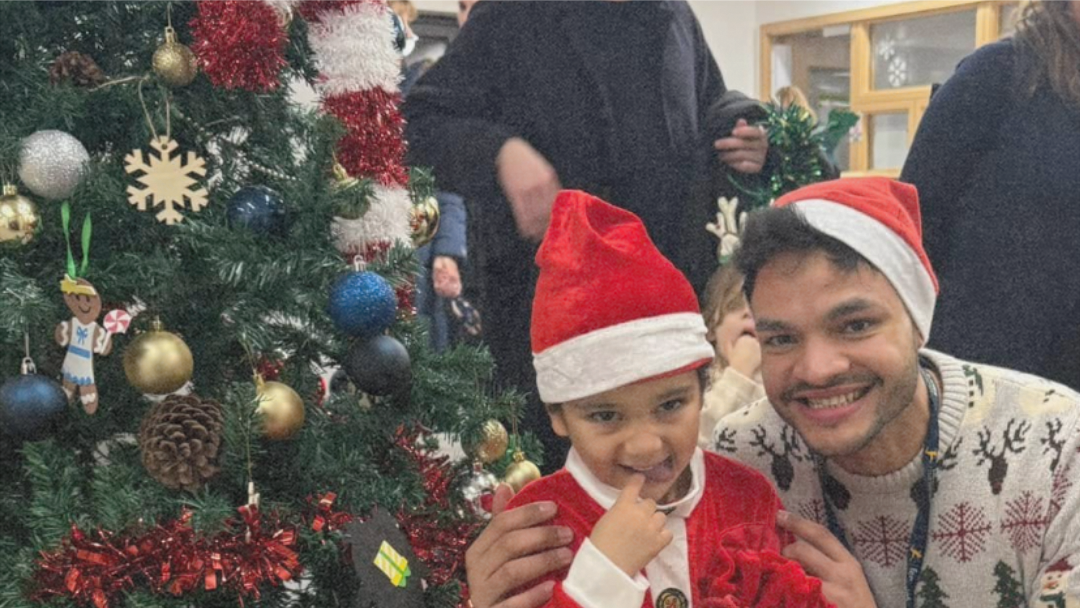
.png)
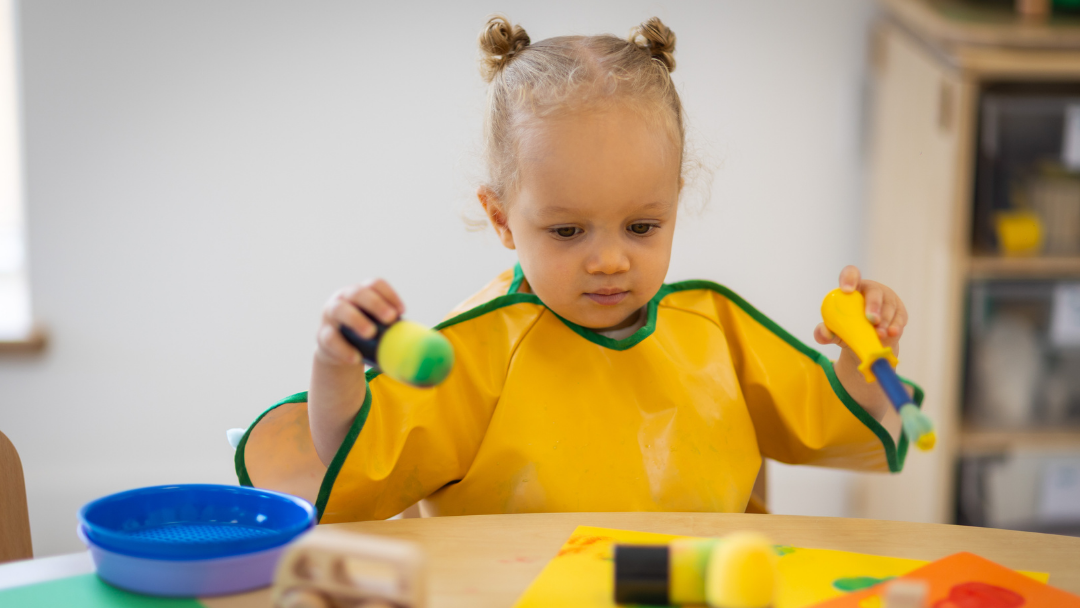


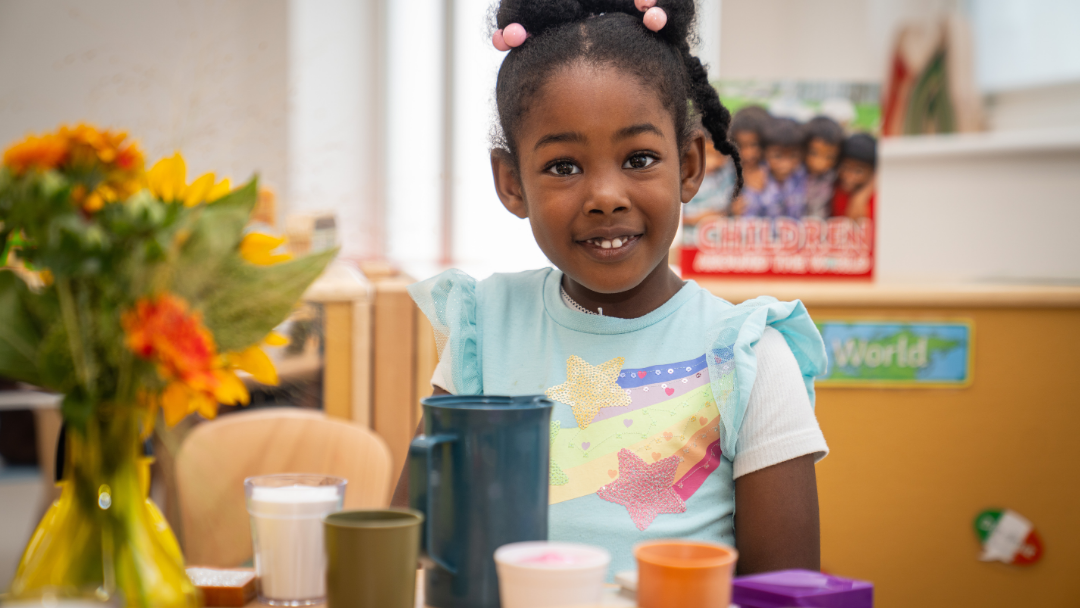
.png)